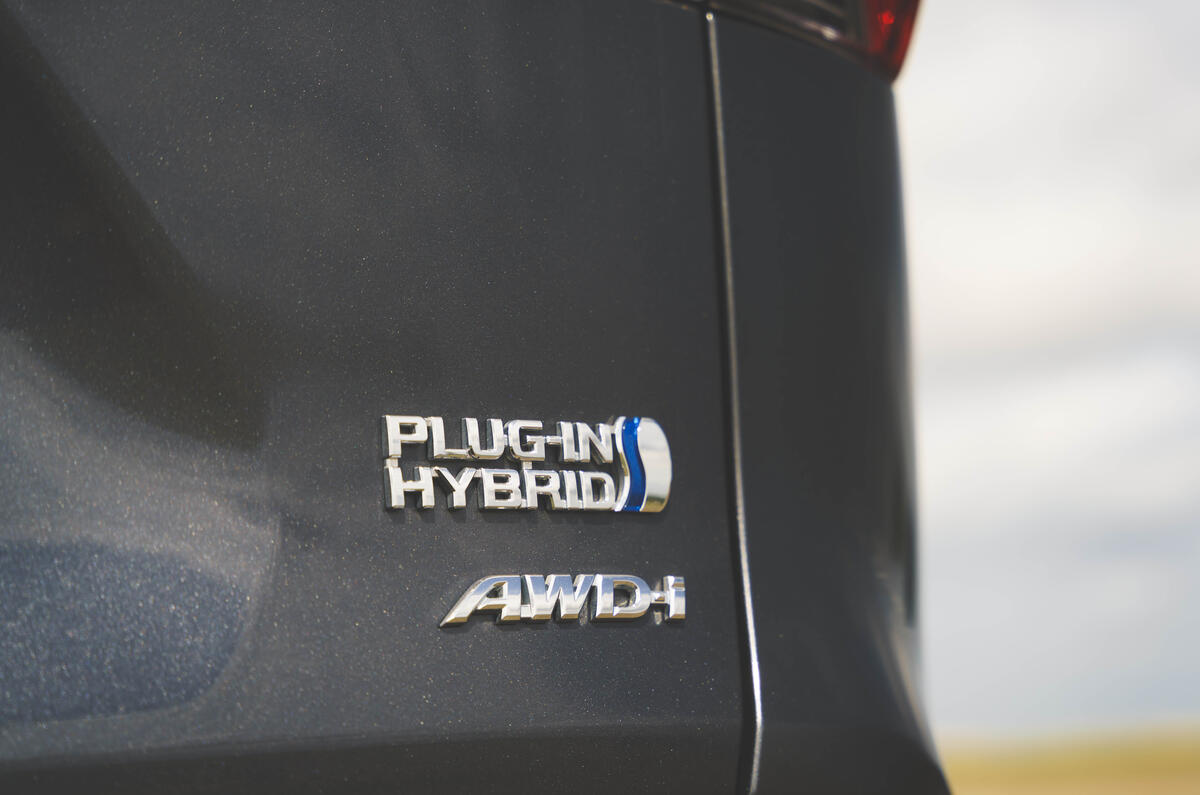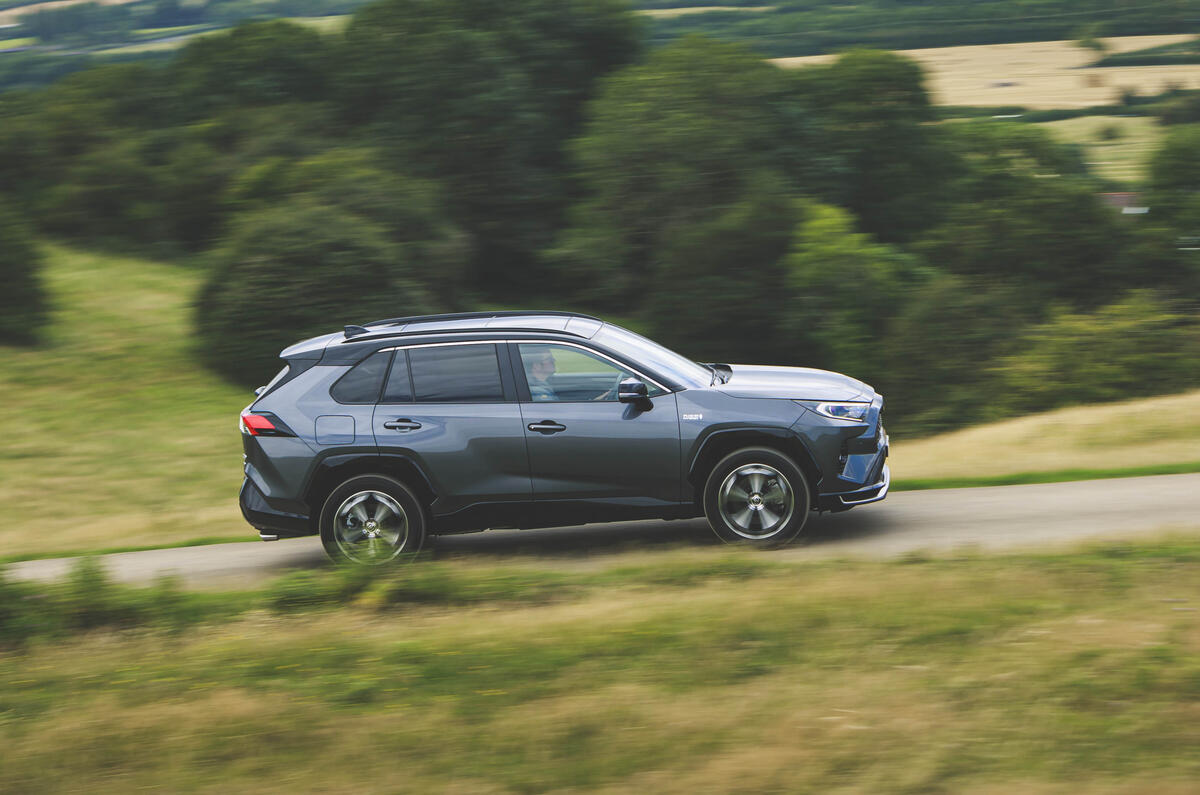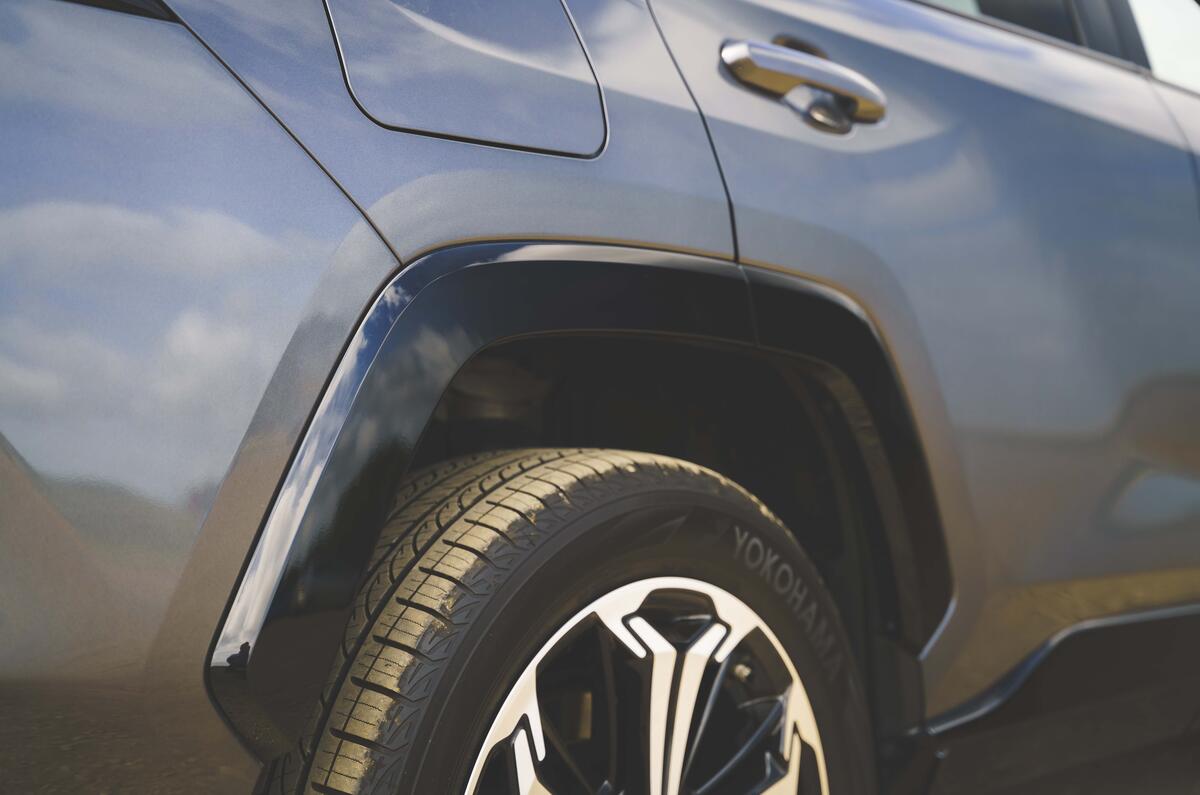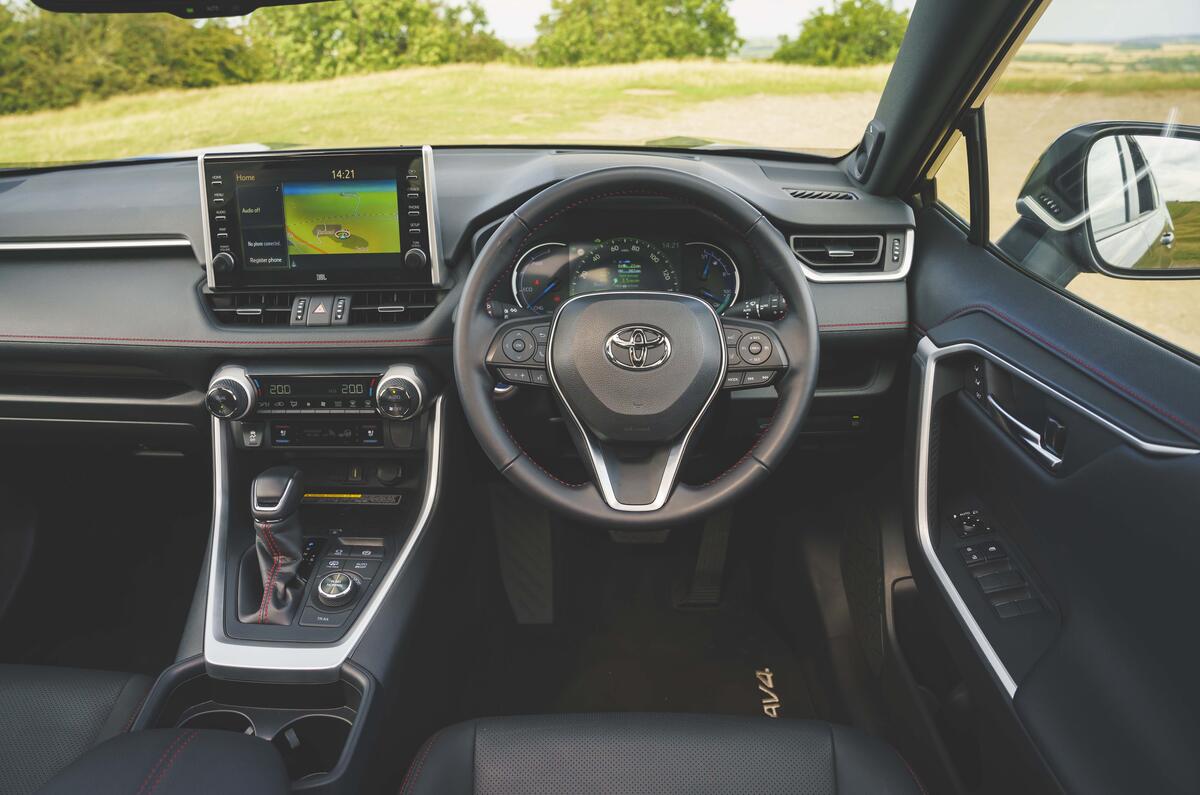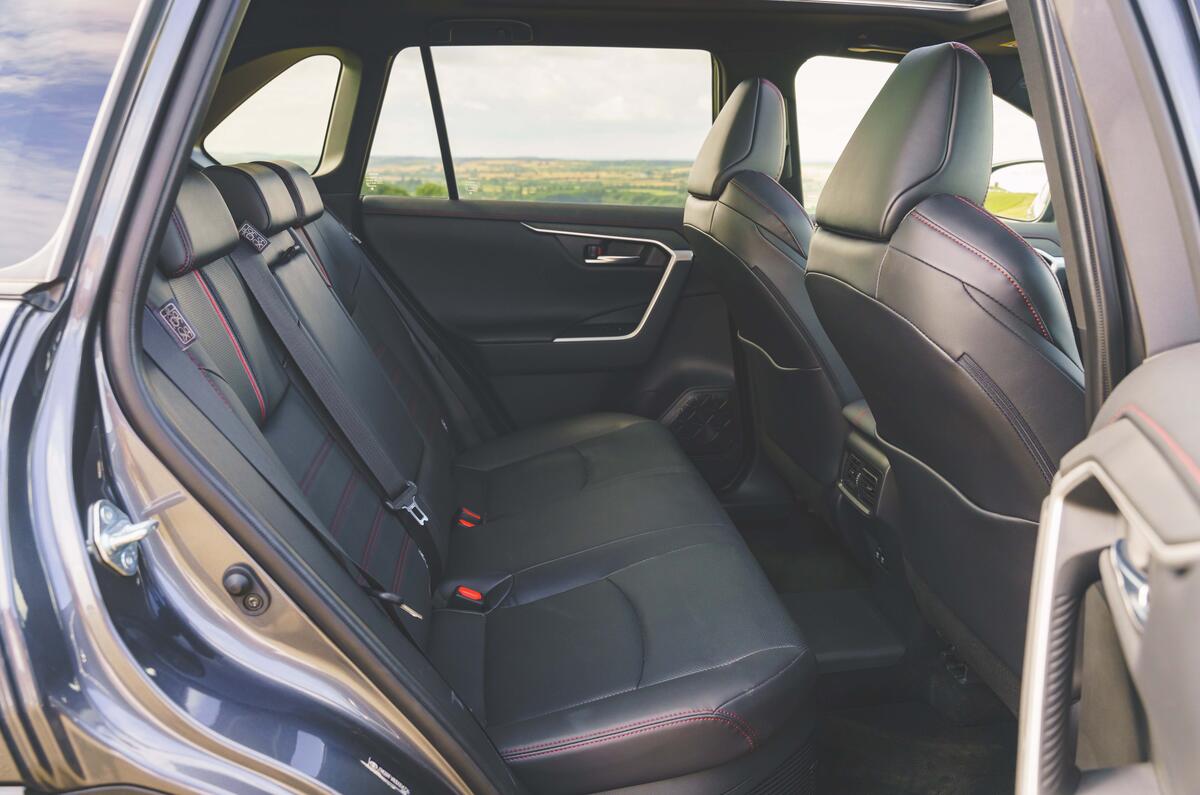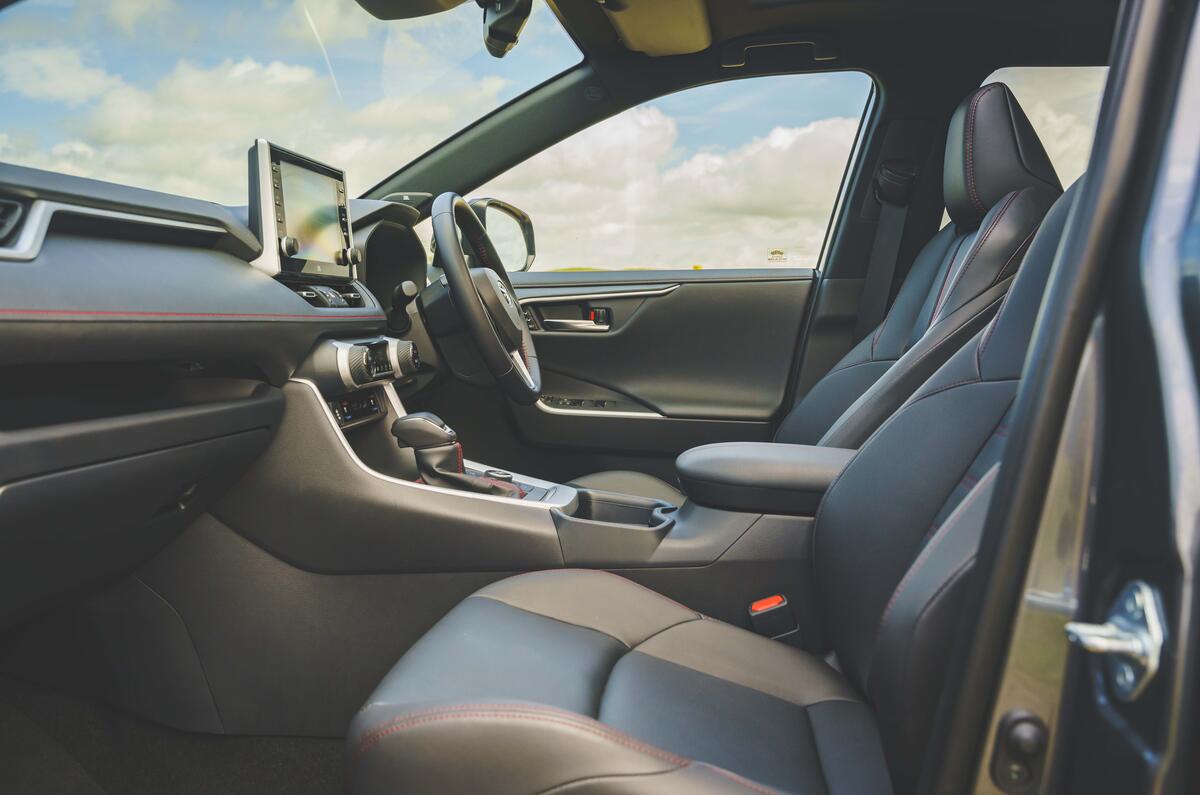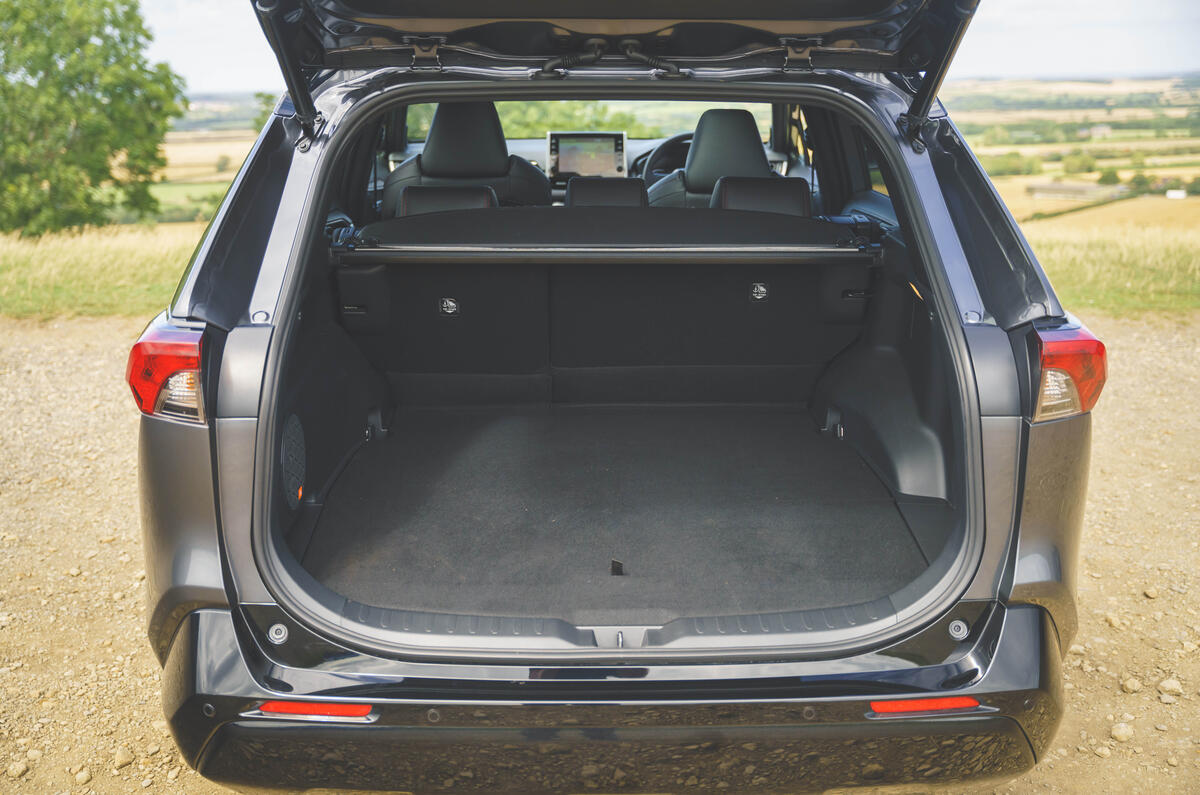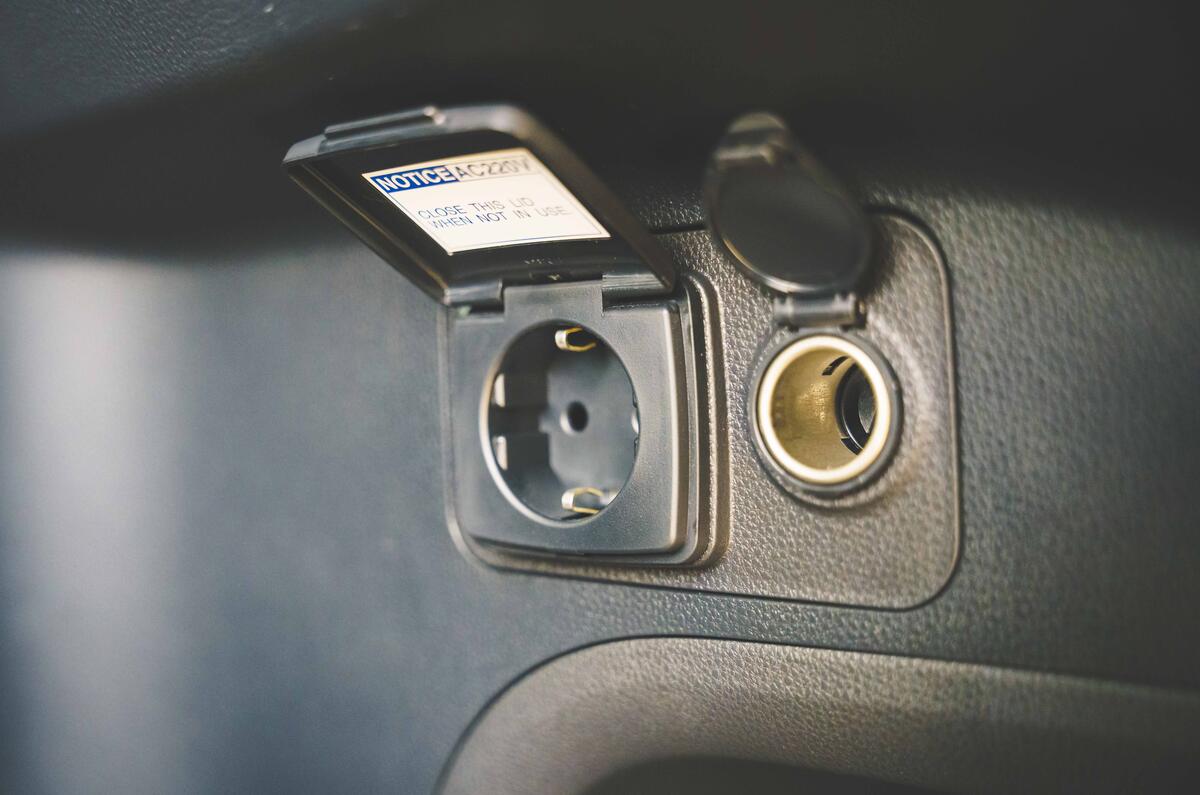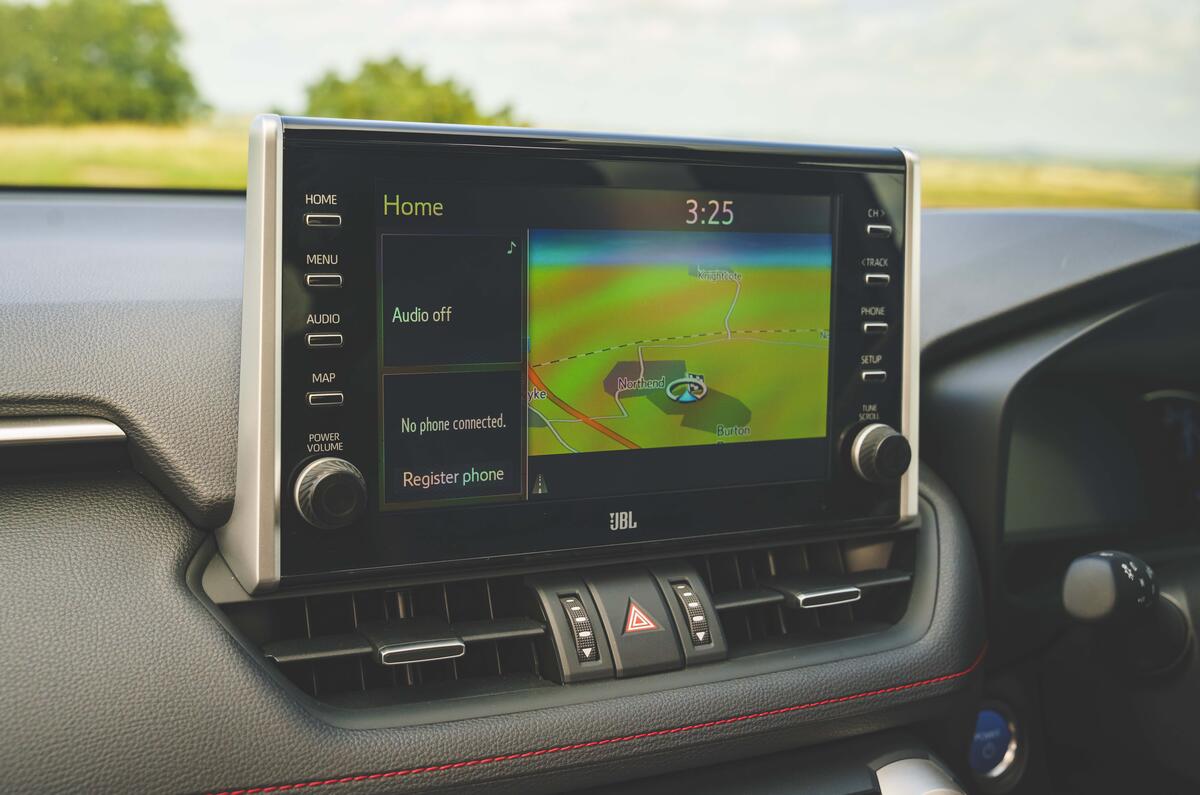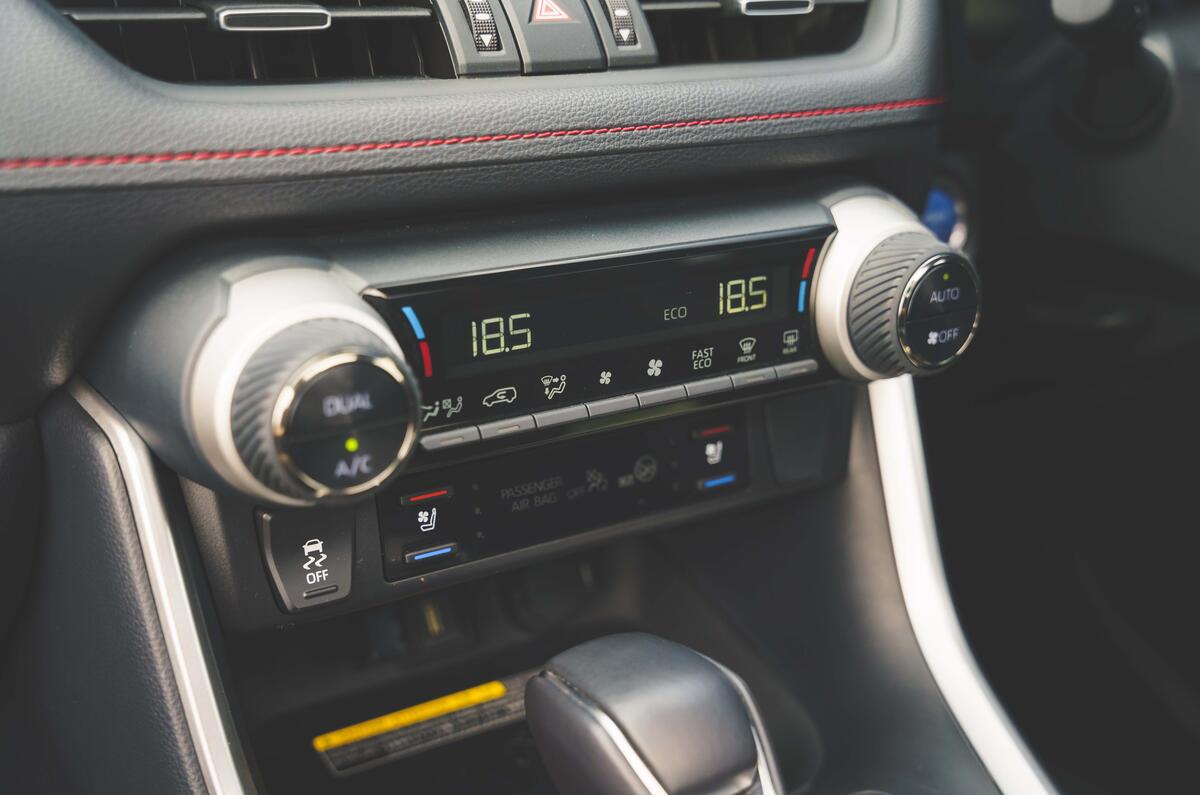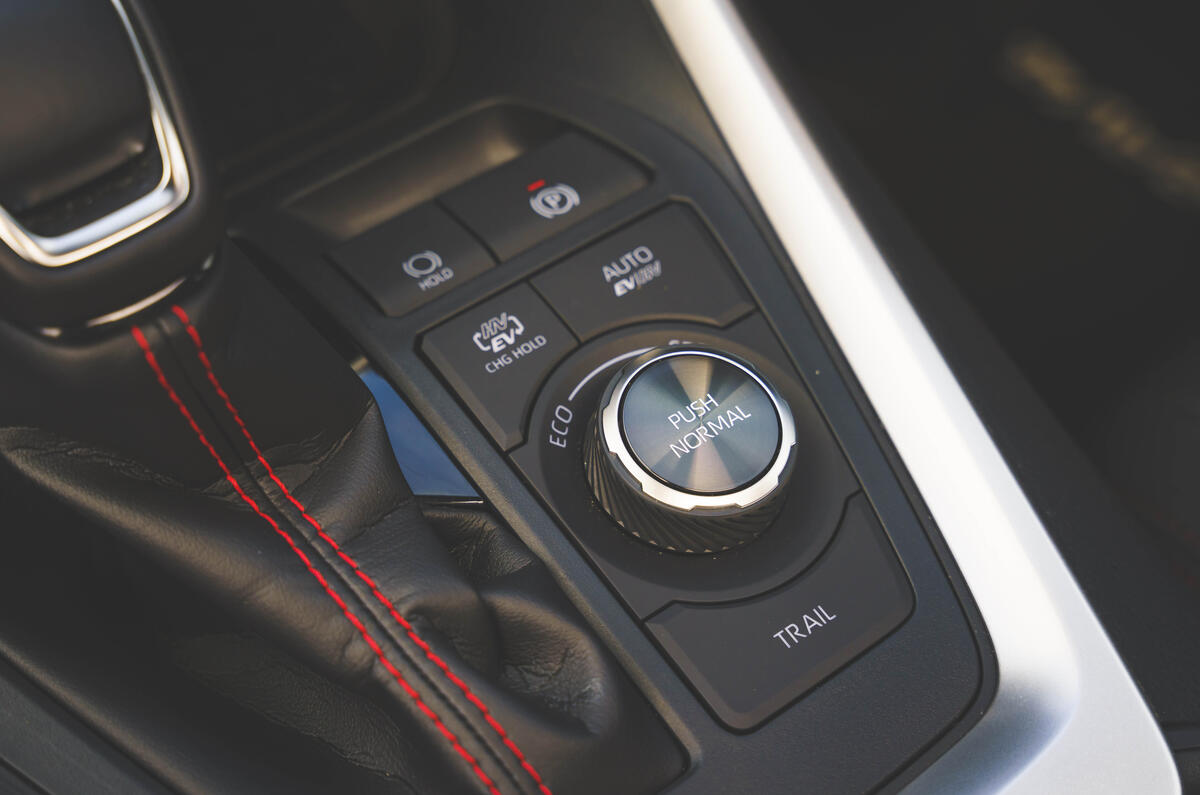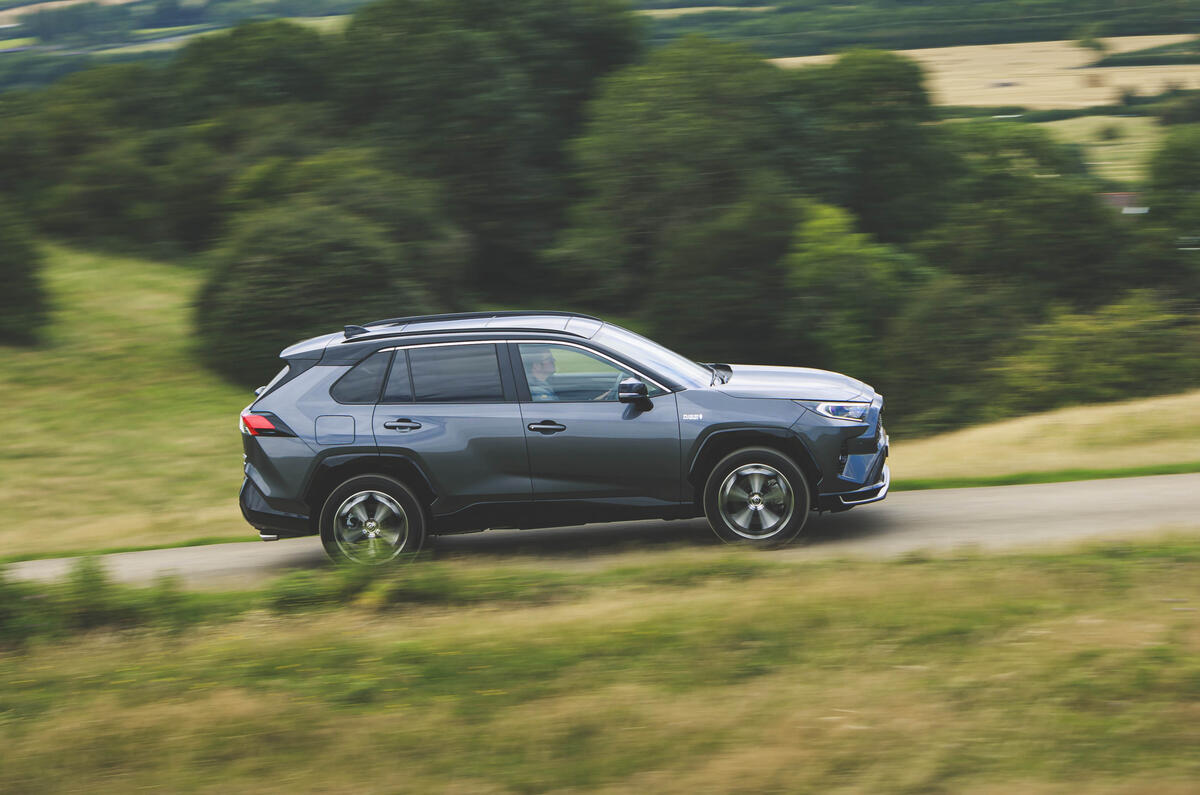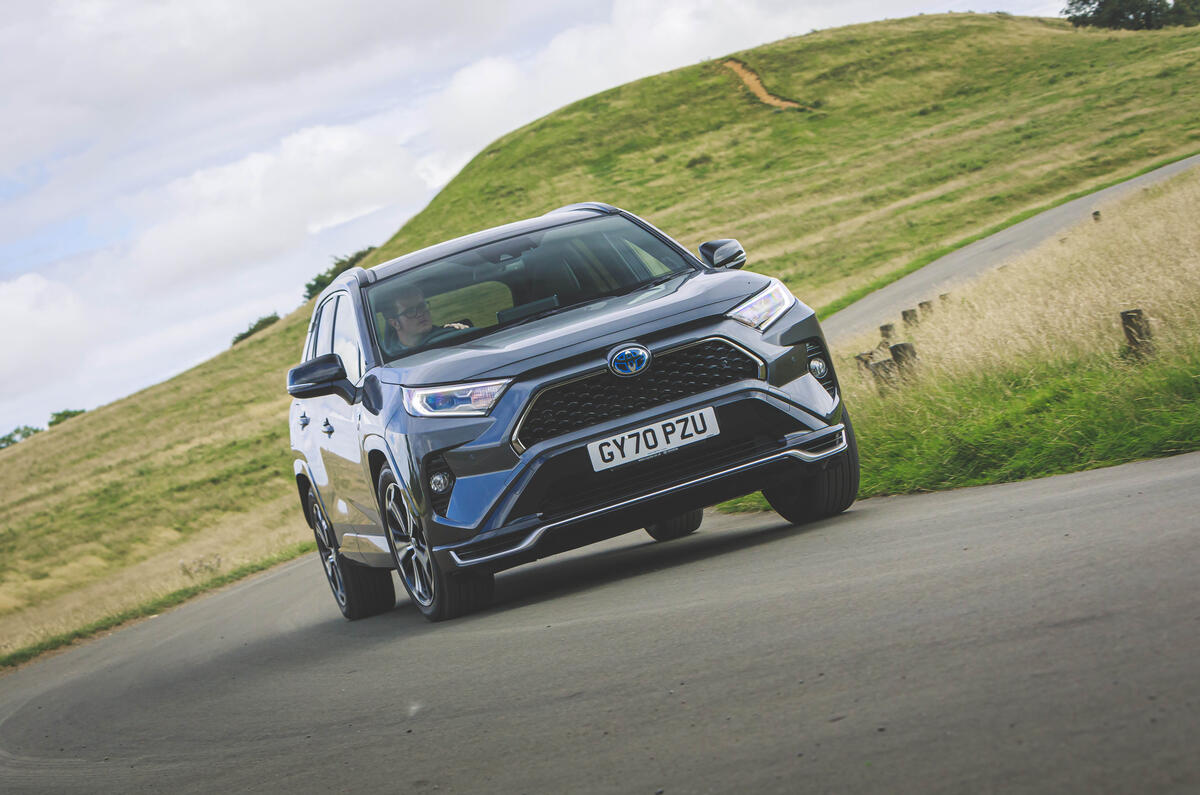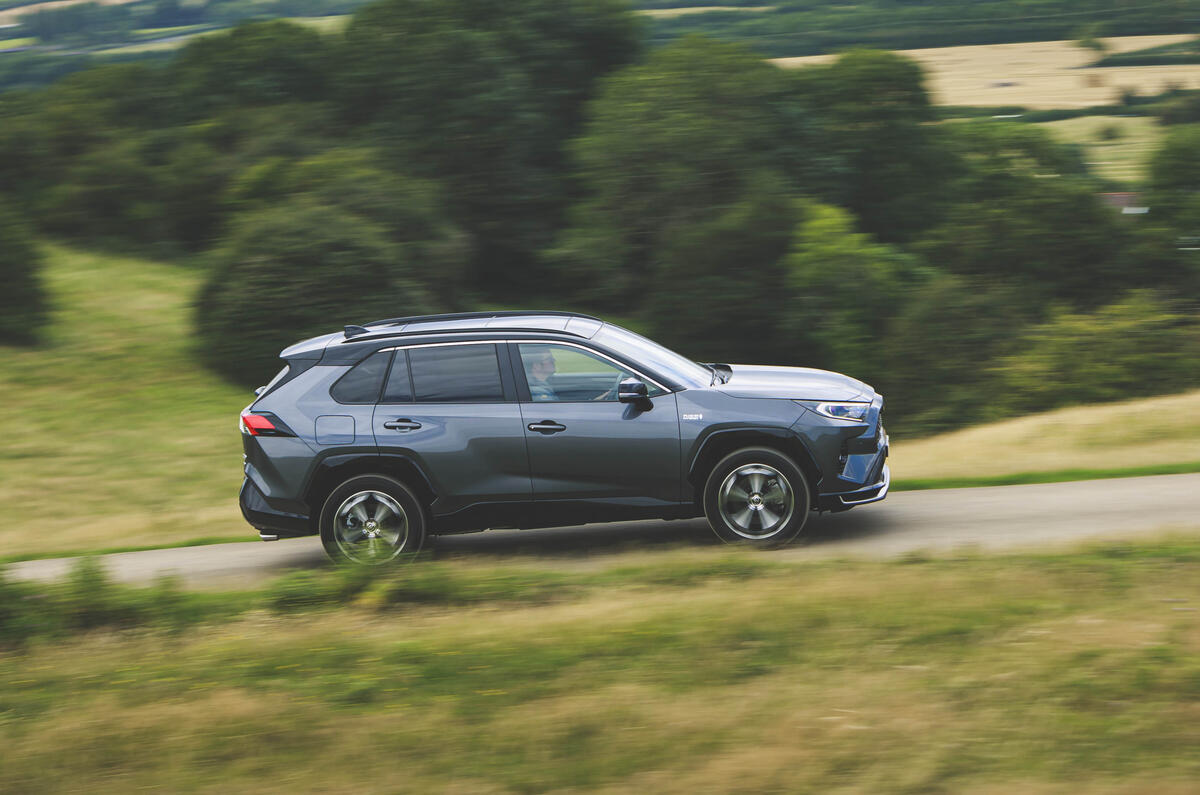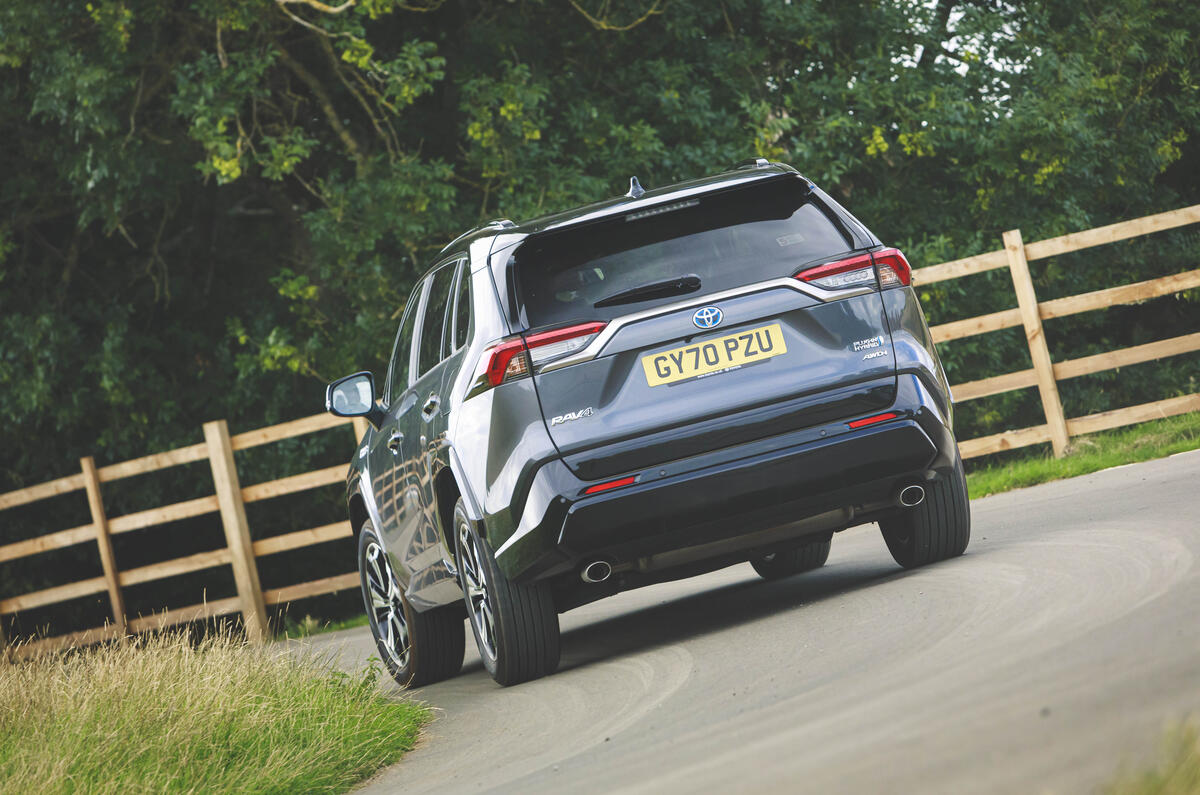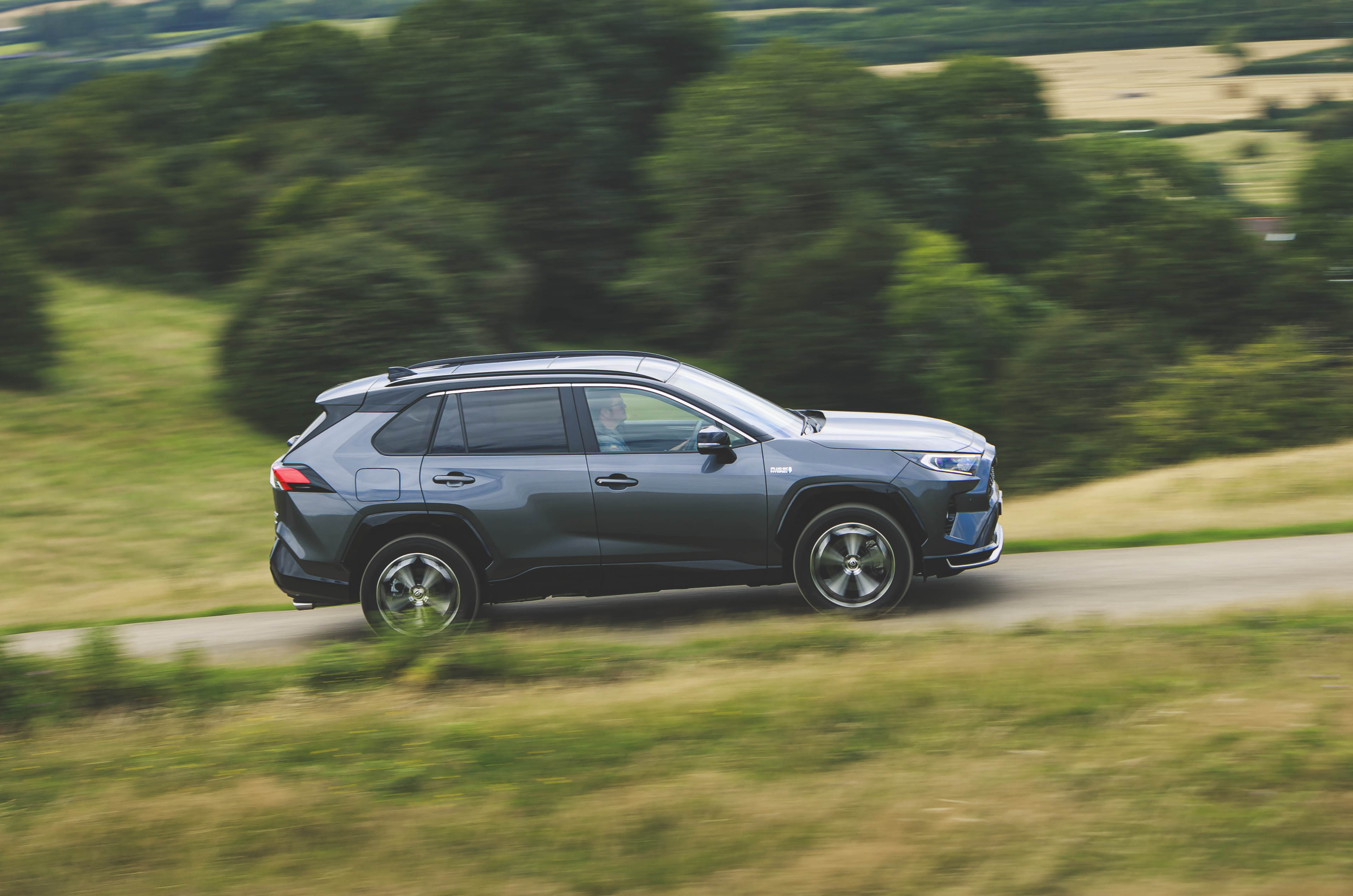The Toyota RAV4, the brand's current-generation mid-sized SUV, made a clean break with its more than 25 years of history when it went on sale in the UK at the beginning of 2019. Following so many of its rangemates, it switched into Toyota’s latest ‘TNGA’ modular vehicle platform technology. Its dimensions changed only slightly, becoming one of few new cars to become shorter at the kerb than its immediate predecessor.
But the mechanical change most will likely have noticed happened under the bonnet. Having been available in all of its previous forms with conventional petrol engines, and since the ‘XA20’ second-generation version also with a diesel for those who wanted one, the new RAV4 switched to petrol-electric hybrid power exclusively.
While buyers in other markets can buy conventional petrol-engined versions of the car, then, in the UK the RAV4 comes with a 2.5-litre, four-cylinder, atmospheric petrol engine and a combination of electric motors, depending on what version you opt for. Both front-wheel drive and four-wheel drive are available. Entry-level cars offer 215bhp and front-wheel drive, while ‘Hybrid AWD-i’models come with power increased slightly to 219bhp (because they add a second electric drive motor for the rear axle).
It’s the range-topping RAV4 PHEV that we’ve elected to test, though, whose more powerful electric motors and drive battery combine with its combustion engine to produce up to 302bhp – which is enough to get your attention.





